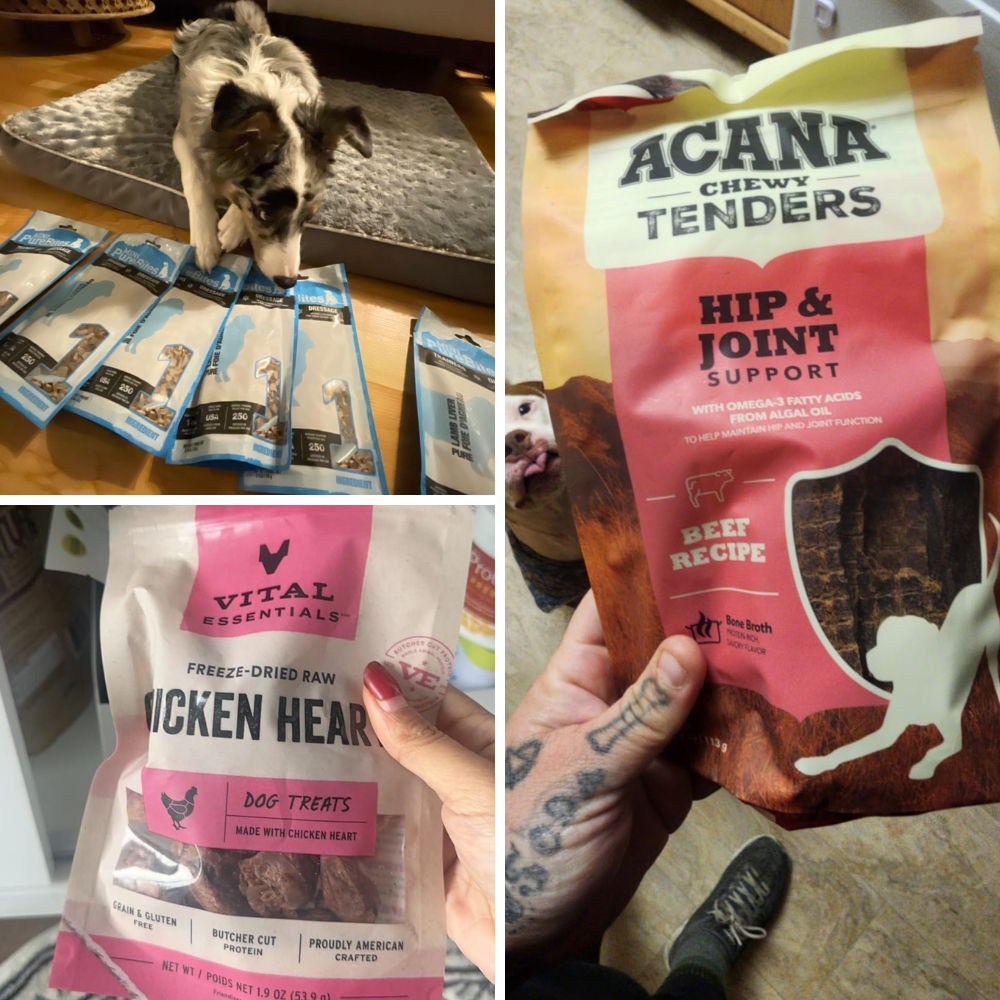Key Takeaways:
- Learn the steps to create homemade freeze-dried dog treats using a variety of ingredients.
- Understand the benefits of freeze-drying for extending the shelf life and preserving the nutritional value of pet treats.
- Discover tips for storing and serving freeze-dried treats to ensure they remain a healthy addition to your dog's diet.
Freeze-dried dog treats are a fantastic way to spoil your furry friend with a special treat that's both nutritious and long-lasting. If you're a pet parent looking to prepare healthy treats at home, you've come to the right place. This article will guide you through the process of making freeze-dried dog treats, ensuring that your canine companion enjoys the best in taste and nutrition.
The Basics of Freeze Drying for Dog Treats
Freeze drying is a process that removes moisture from food through sublimation, turning water directly from ice to vapor. This method preserves the food's nutritional value, taste, and texture, making it an excellent option for creating dehydrated dog treats. To start, you'll need a freeze drier, such as the Harvest Right Freeze Dryer, which is designed to handle the freeze drying process efficiently at home.
Choosing the Right Ingredients
When deciding how to make freeze-dried dog treats, selecting the right ingredients is crucial. Opt for high-quality meats like chicken breast, beef liver, or fish such as salmon. Vegetables like sweet potatoes and fruits like pumpkin puree can also be great options, especially for dogs with sensitive stomachs or those on a grain-free or limited ingredient diet.
Preparing Your Ingredients
Before you begin the freeze drying process, it's essential to prepare your ingredients properly. For meats like chicken treats or beef liver, ensure they are cooked thoroughly to eliminate any harmful bacteria. Veggies and fruits should be washed and cut into bite-sized pieces suitable for your dog's size, whether you have a small dog or a larger breed.
The Freeze Drying Process
Using your freeze drier, lay out the prepared ingredients on the tray, ensuring they are not overlapping. The freeze drying process involves a deep freeze followed by a vacuum phase, where the moisture is removed. This can take several hours to a couple of days, depending on the quantity and type of ingredients you're using.
Storing Your Dog Treats
Once the freeze drying process is complete, it's important to let the treats cool completely before storing them. Use an airtight container or a vacuum sealer to package the treats, which will help maintain their longer shelf life. You can also add oxygen absorbers to the container to keep the treats dry and fresh.
Understanding Your Dog's Digestive System
When considering making freeze-dried treats for your furry friend, it's essential to understand the intricacies of a dog's digestive system. Unlike humans, dogs have a shorter gastrointestinal tract, which means they process food quickly. This rapid digestion is optimized for high-protein diets, which is why selecting the right ingredients for your freeze-dried treats is crucial. Incorporating lean meats and avoiding fillers that may upset their stomach should be a priority. By crafting treats that align with their natural dietary needs, you're not only providing a tasty snack but also supporting their overall health.
Moreover, it's important to recognize that each dog is unique, and what works for one may not suit another. Paying close attention to how your pet reacts to different ingredients can help you tailor the perfect recipe. For instance, some dogs may have sensitivities to grains, making a grain-free option more suitable. Others might have a penchant for fruit, which can be a healthy addition to their treats in moderation. Always monitor your pet's food intake and consult with a veterinarian if you're unsure about any dietary changes.
The Art of Preserving Homemade Treats
Once you've mastered the recipe for your dog's freeze-dried treats, the next step is ensuring they stay fresh and delicious. Vacuum sealing is a fantastic method to preserve the treats' quality and extend their shelf life. By removing air from the packaging, you're protecting the treats from moisture and oxidation, which can lead to spoilage. This is especially important for homemade treats, as they lack the preservatives found in commercial products. Investing in a good vacuum sealer can make all the difference in maintaining the nutritional value and taste of your homemade creations.
In addition to vacuum sealing, proper storage is key. Keep your sealed treats in a cool, dry place away from direct sunlight. This will help prevent any degradation of the treats' quality. Remember, the goal is to provide your pet with the freshest, most nutritious snacks possible. By taking the time to properly store your treats, you're ensuring that every bite your pet takes is as good as the first. Whether you're catering to puppies, cats, chickens, or any other animals in your care, these preservation techniques are universally beneficial for all your pet's food needs.
Serving the Treats
When it's time to feed your pet these homemade delights, ensure the treats are at room temperature. If your dog has a sensitive stomach, introduce the new treats gradually to their diet. Remember, these are treats and should not replace a balanced pet food diet, whether it's kibble, canned dog food, or a raw diet.
The Benefits of Homemade Freeze-Dried Treats
Making your own dog treats allows you to control the ingredients, ensuring your pet's food is free from unwanted additives and is tailored to their dietary needs. Freeze-dried treats have a longer shelf life than other homemade options, making them a convenient choice for pet parents.
Health Considerations
Always consider your dog's digestive system when introducing new treats. Consult with your veterinarian if your dog has known allergies or digestive issues. Homemade treats should complement a well-rounded diet and not exceed 10% of your pet's daily caloric intake.
Creative Recipes to Try
Get creative with your recipes by combining different meats, vegetables, and fruits. Chicken liver mixed with sweet potatoes or beef liver with pumpkin puree can make for a tasty and nutritious treat. Remember to keep the recipes simple, with limited ingredients to avoid upsetting your dog's stomach.
Tips for Success
For the best results, ensure that your freeze drier's trays are not overloaded and that there's enough space for air circulation. Monitor the freeze drying process and adjust the settings on your machine as needed. Always store the finished treats in a cool, dry place to maintain their quality.


Can I freeze dry raw meat for my dog's treats?
Yes, you can freeze dry raw meat for dog treats. However, it's important to handle raw meat carefully to prevent contamination and ensure it's thoroughly freeze-dried to remove all moisture.
How long do homemade freeze-dried dog treats last?
When stored properly in an airtight container or vacuum-sealed bag in a cool, dry place, homemade freeze-dried dog treats can last for several months up to a year.
Are freeze-dried treats suitable for all dogs?
Freeze-dried treats can be suitable for most dogs, but it's important to consider any specific dietary restrictions or allergies your dog may have. Always introduce new treats slowly and in moderation.

Making freeze-dried dog treats at home is a rewarding process that allows you to provide your furry friend with healthy, preservative-free snacks. By following the steps outlined in this guide, you can create a variety of delicious and nutritious treats that will keep your dog happy and healthy. Remember to store them properly and introduce them to your pet's diet gradually.










